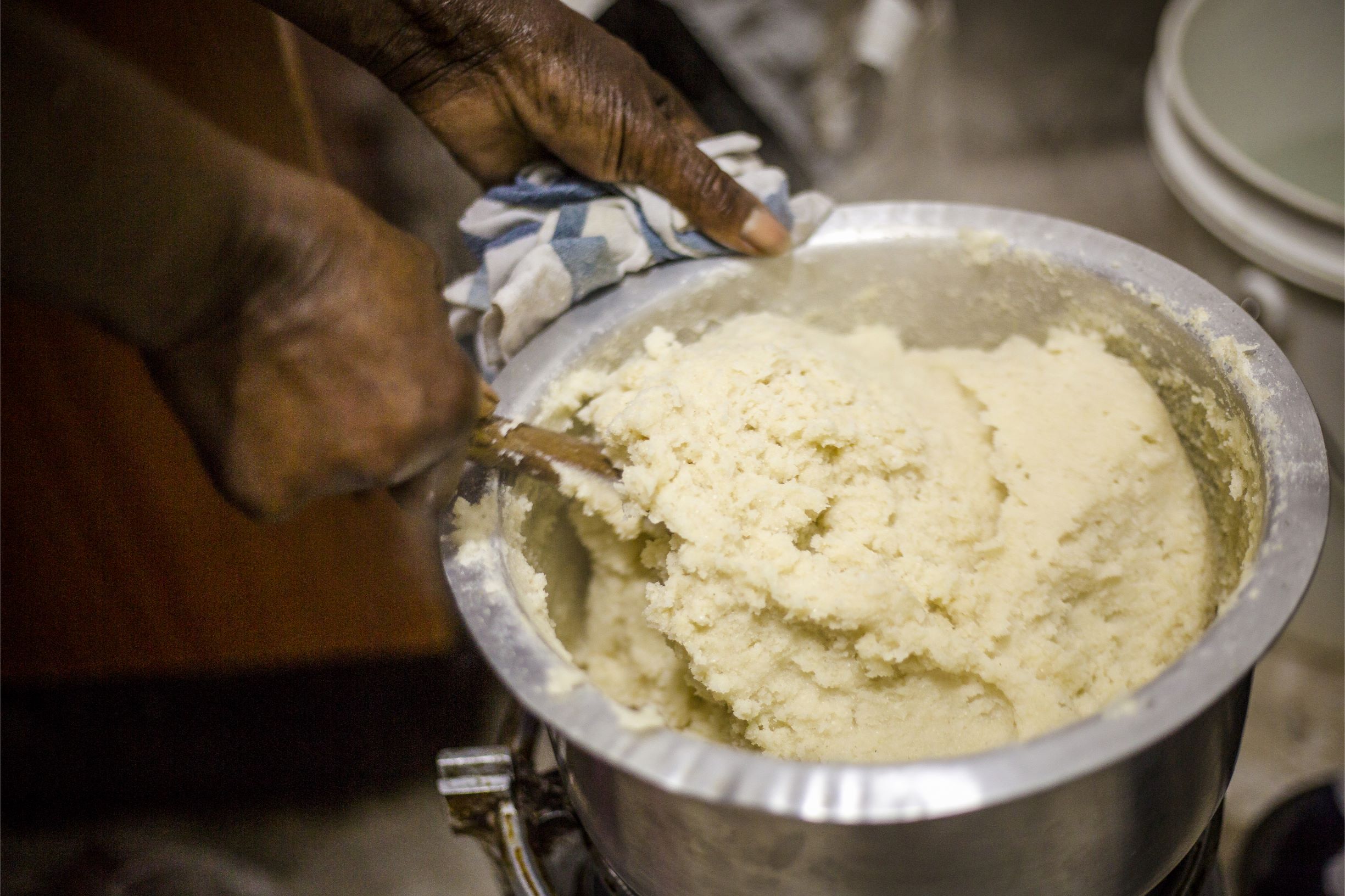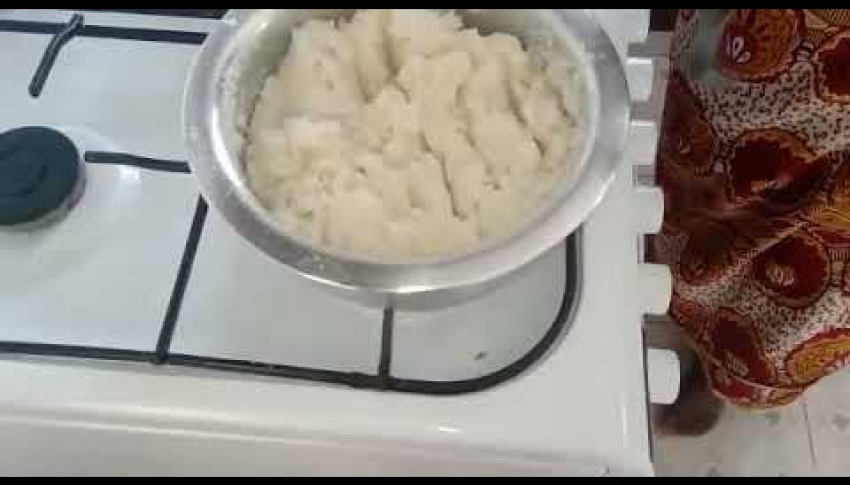
- About AUP
- History of AUP
- Mission & Core Values
- Vision and Leadership
- AUP Recognition
- Alumni Success
- Campus Development
- Arts at AUP
- Policies & Guidelines
- Academics
- Undergraduate
- Graduate Programs
- MA in Diplomacy and International Law
- MA in Global Communications
- MSc in Human Rights and Data Science
- MA in International Affairs
- MA in International Affairs, Conflict Resolution, and Civil Society Development
- MSc in International Management
- MSc in Strategic Brand Management
- Find Your Thesis Advisor
- Previous Programs
- Cultural Program
- Faculty
- Summer School
- Research Centers
- The Center for Critical Democracy Studies
- Upcoming Events
- Research Projects
- Fellows’ Publications
- Publishing
- Curriculum
- Community
- Partnerships
- Visiting Scholars
- CCDS Highlights
- Atelier de Théorie Politique – Paris
- Critical Theory 101: Future Directions and New Challenges
- Martti Koskenniemi on “The Law of International Society: A Road not Taken”
- Academic Freedom Symposium
- Tocqueville Colloque 2023
- Violent Turns Conference
- Degenerations of Democracy
- DEMOS21 Inaugural Event
- What Demos for the 21st Century?
- The Paris Centennial Conference
- Justice Stephen Breyer
- Civic Jazz - The Launch of the Center
- Past Events
- FR
- The Center for Writers and Translators
- The George and Irina Schaeffer Center for the Study of Genocide, Human Rights and Conflict Prevention
- The Joy and Edward Frieman Environmental Science Center
- The Center for Media, Communication & Global Change
- The Center for Critical Democracy Studies
- Departments
- Academic Resources
- Academic Affairs
- Academic Calendar
- Academic Resource Center
- Library
- Registrar's Office
- Teaching and Learning Center
- Accessibility & Accommodation Services
- AI@AUP: A Campus-Level Initiative
- Quai D'Orsay Learning Commons
- Paris as Classroom
- ACE
- Admissions
- Student Life
- Campus
- Student Leadership & Involvement
- Paris
- Support Services
- Student Life Help Desk
- Student Accounting Services
- Student Immigration Services
- Student Grievance Procedure
- Diversity and Inclusion
- Health & Well-being
- Digital Student Handbook
- News
- Events
- AUP Giving
- Housing Offer for 2025-2026
- IT Services
- Alumni
- About AUP
- History of AUP
- Mission & Core Values
- Vision and Leadership
- AUP Recognition
- Alumni Success
- Campus Development
- Arts at AUP
- Policies & Guidelines
- Academics
- Undergraduate
- Graduate Programs
- MA in Diplomacy and International Law
- MA in Global Communications
- MSc in Human Rights and Data Science
- MA in International Affairs
- MA in International Affairs, Conflict Resolution, and Civil Society Development
- MSc in International Management
- MSc in Strategic Brand Management
- Find Your Thesis Advisor
- Previous Programs
- Cultural Program
- Faculty
- Summer School
- Research Centers
- The Center for Critical Democracy Studies
- Upcoming Events
- Research Projects
- Fellows’ Publications
- Publishing
- Curriculum
- Community
- Partnerships
- Visiting Scholars
- CCDS Highlights
- Atelier de Théorie Politique – Paris
- Critical Theory 101: Future Directions and New Challenges
- Martti Koskenniemi on “The Law of International Society: A Road not Taken”
- Academic Freedom Symposium
- Tocqueville Colloque 2023
- Violent Turns Conference
- Degenerations of Democracy
- DEMOS21 Inaugural Event
- What Demos for the 21st Century?
- The Paris Centennial Conference
- Justice Stephen Breyer
- Civic Jazz - The Launch of the Center
- Past Events
- FR
- The Center for Writers and Translators
- The George and Irina Schaeffer Center for the Study of Genocide, Human Rights and Conflict Prevention
- The Joy and Edward Frieman Environmental Science Center
- The Center for Media, Communication & Global Change
- The Center for Critical Democracy Studies
- Departments
- Academic Resources
- Academic Affairs
- Academic Calendar
- Academic Resource Center
- Library
- Registrar's Office
- Teaching and Learning Center
- Accessibility & Accommodation Services
- AI@AUP: A Campus-Level Initiative
- Quai D'Orsay Learning Commons
- Paris as Classroom
- ACE
- Admissions
- Student Life
- Campus
- Student Leadership & Involvement
- Paris
- Support Services
- Student Life Help Desk
- Student Accounting Services
- Student Immigration Services
- Student Grievance Procedure
- Diversity and Inclusion
- Health & Well-being
- Digital Student Handbook
- News
- Events
- AUP Giving
- Housing Offer for 2025-2026
- IT Services
- Alumni
AUP Community Blog
Celebrating Black History Month with a Home-Cooked Kenyan Meal
Stella Sagini '21
Lately, when I think about food, home has been the first thing that comes to mind, and I have been craving a home-cooked meal. I grew up in Kenya, and I remember good food being at the center of all our family gatherings, traditional ceremonies and community meetings. We would come together for a feast of Nyama Choma (roasted meat) and various local dishes.
This year, I plan to celebrate Black History Month by cooking a traditional Kenyan meal: ugali. It’s a traditional delicacy, made by mixing maize flour (or cornmeal) with hot water, consistently, over a fire, until it reaches a stiff, dough-like consistency.
Ugali goes by different names in Kenya and across sub-Saharan Africa including “nsima” or “nshima” in Malawi and Zambia, “pap” or “mealie pap” in South Africa, and “sadza” in Zimbabwe. In Kenya, ugali was first popularized in the coastal region in the 19th century when Portuguese traders introduced maize to the country. Large-scale maize farming soon followed, initially for export, but later largely for sustaining the workforce. Today, ugali is the most popular meal made and consumed by Kenyan households.
I am not the best cook, so I called for reinforcements – from my mother, of course! She’s a great cook, and she shared this step-by-step video of how to cook ugali.
I needed to replicate this, and with my instructions in hand, the next step was to source my ingredients at my local market. I have discovered some vibrant markets in Paris, like Rue de Grenelle, President Wilson and Marché Barbès. I am enjoying the vibrant colors of different fruits and vegetables. The hustle and bustle of wading through a busy market, complete with the loud chatter of vendors, makes me feel right at home.
I successfully made my own ugali, which you can see in the image below, and, I must say, it wasn’t as difficult as I thought it would be. The trick to ugali is to keep it turning to ensure it’s cooked evenly both inside and out. However, I wasn’t 100% satisfied with the consistency of this ugali – it's very sticky. I suspect that’s because of the brand of maize flour I used. I couldn’t find the right flour at the market, so I settled for store-bought maize. I will be sure to buy pure maize flour next time.
Ugali is a shared meal. You can create a large one for the family; each one can be cut into cake-like servings, or everyone can gather round and tear off pieces as they eat together. Ugali is best served while hot and most enjoyable when eaten together with others.
INGREDIENTS
-
Water – 4 cups
-
Salt – 1 teaspoon
- White cornmeal, finely ground – 2 cups
METHOD
- Bring the water and salt to a boil in a heavy-bottomed saucepan. Stir in the cornmeal slowly, letting it fall through your fingers.
- Reduce the heat to medium-low and continue stirring regularly, smashing any lumps with a spoon, until the mush pulls away from the sides of the pot and becomes very thick, about 10 minutes. Remove from the heat and allow to cool a little.
- Place the ugali into a large serving bowl. Wet your hands with water, form into a ball and serve.
UGALI VARIATIONS
- White cornmeal is the most commonly used grain for ugali. But you can substitute sorghum, millet or coarse cassava flour – or even hominy grits.
- You can adjust the amount of water you add to obtain your desired consistency. Most Africans would not salt the water, so you can leave the salt out if you wish.
- Stir in a little butter for a richer flavor.
On Monday, February 22, 2021, Stella will host an event for Black History Month on behalf of AUP’s Black and Abroad club: an online discussion on “Food, Commensality and East African Culture.” Her talk will address both the historical and present-day food commensality rituals among East Africans. For more information about the event, and to join the discussion, visit the event page on AUP Engage.
Stella is a graduate student from Kenya, studying in the MAGC program. She previously worked at the e-commerce food platform, Jumia Food. She was inspired by a class she completed at AUP – Food, Culture and Communications with Prof. Christie Shields – and became more intrigued by food culture research, particularly when conducted in Africa. To find out more about Stella Sagini, you can read her profile on the AUP website or connect with her on LinkedIn @stellasagini.




